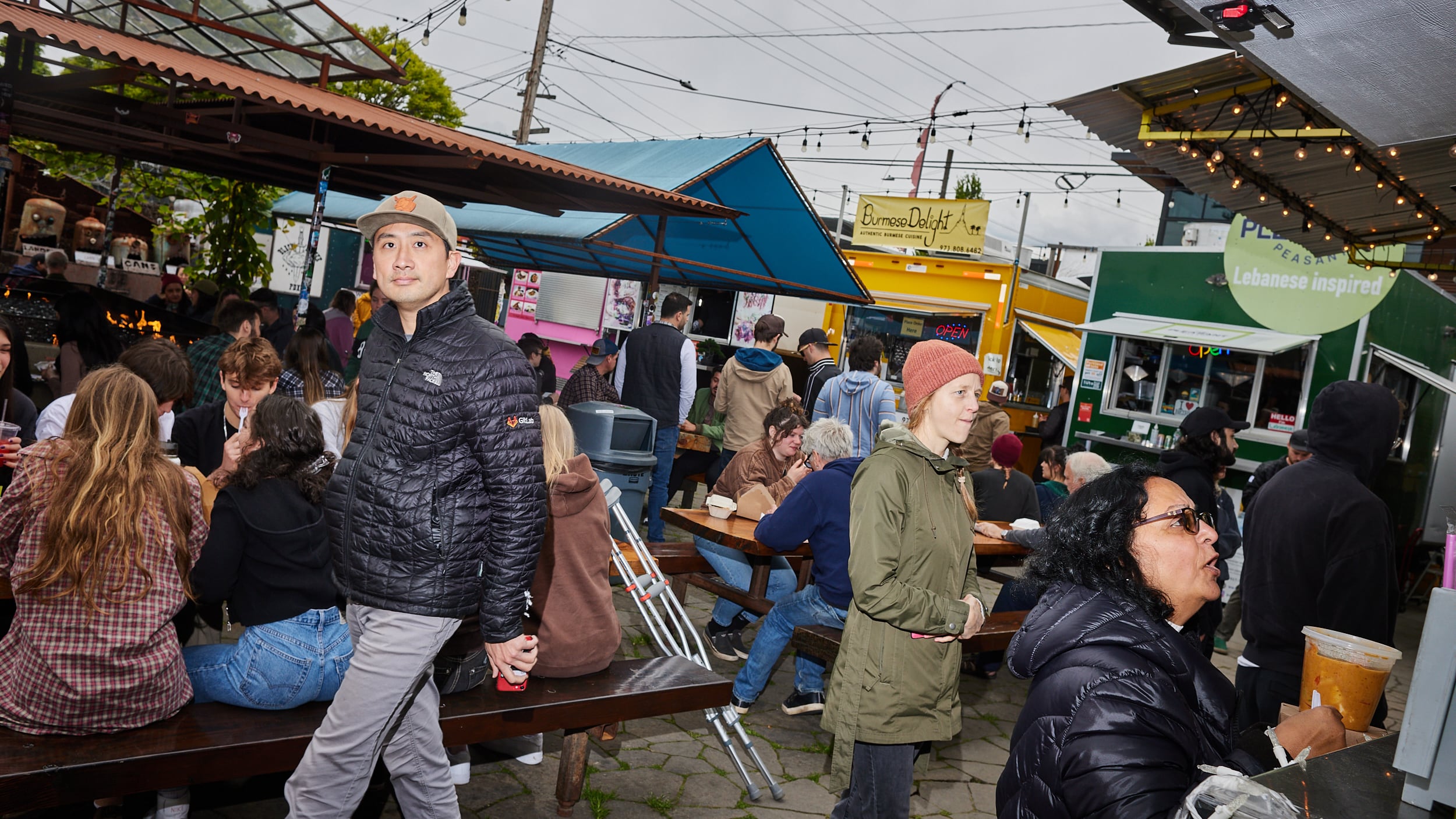This summer, the city of Portland will change how it operates neighborhood coalitions, which are clusters of neighborhood associations that receive modest funding from the city’s Office of Community & Civic Life to do things like provide grants to small businesses, organize local cleanups and sponsor community events.
Currently, there are seven neighborhood coalitions that encompass 95 neighborhood associations. Three are run by the city, and the other four are run by nonprofits that receive city funding.
Come July 1, the seven coalitions will consolidate into four coalitions—all run by nonprofit entities—whose boundaries will match those of the four geographic voting districts determined last fall by an independent districting committee ahead of the city’s new form of government that will kick in on Jan. 1, 2025.
But the city’s changes to the neighborhood model are not coming without heartburn—in particular, the district coalition that covers most of Southeast Portland, Southeast Uplift, will see at least a $165,000 reduction in its funding.
During a Zoom meeting to discuss the changing neighborhood model on Thursday, Civic Life director Mourad Ratbi explained that the decrease in funding for Southeast Uplfit is a product of the new coalition model. Ratbi explained that Civic Life shifted the size of the district coalitions to match the new geographic voting districts, which have roughly equal populations. Ratbi said Civic Life decided to split the available coalition funding equally among the four coalitions. That means the four, beginning July 1, will be funded based on population size, not on the number of neighborhood associations they comprise.
Some participants on the Zoom call balked at the new funding model. One asked: “How is this approach justified as being more equitable? It seems like it would destabilize marginalized groups who have been receiving crucial support from Southeast Uplift.”
Ratbi further explained that a windfall of one-time COVID-19 federal relief dollars allowed Civic Life in recent years to give Southeast Uplift disproportionately more funding to make up for the decades of underinvestment in East Portland. But now, Ratbi says, Civic Life has no such option and has decided to split its coalition dollars evenly among all four coalitions come July 1. Moreover, Mayor Ted Wheeler directed all bureaus to submit requested budgets that reflect a 5% budget cut.
“The equality is organic because the city has been split into roughly the same-sized pockets,” Ratbi said. “Therefore when we’re looking at the allocation [for district coalitions], the easiest way of approaching this is taking the envelope and dividing it by four. One might ask, what about the equity coefficient? Unfortunately, we do not decide the level of funding.”
The proposed budget for Southeast Uplift in the upcoming fiscal year is $439,335, down from $607,485 for the current fiscal year.
Nanci Champlin, executive director of Southeast Uplift, says the cuts will “strike at the very heart of our ability to support beloved neighborhood events, provide small grants for big ideas, and to build more informed, inclusive and livable communities for everyone in our district.”
The other three coalitions will all see modest budget increases under the new model. Central Northeast Neighbors will go from $330,000 to $417,000. Northeast Coalition of Neighborhoods will go from $361,607 to $421,000. Neighbors West Northwest will go from $352,000 to $431,486.
Yet those coalitions aren’t satisfied with the funding model, either.
Darlene Urban Garrett, executive director of the district coalition that currently includes 11 neighborhood associations west of the Willamette River, has a different concern: that the proposed budget for her coalition, which will include around 30 individual neighborhood associations come July 1 instead of the 11 it currently supports, isn’t nearly enough to fund services in all 30 neighborhoods.
“Services will get cut,” Urban Garrett says. “We may have to cut back on our small grants allocations in order to maintain other services.” (In years prior, Civic Life required coalitions to use a specific percentage of its budget for small grants. It’s unclear if Civic Life will prescribe a specific percentage for small grants in the upcoming fiscal year.)
Urban Garrett also said at Thursday’s meeting that it was unfair that her westside coalition would have to foot the liability insurance costs for 30 associations, while other coalitions have to pay insurance costs for only half that number.
“When we have 30-plus neighborhoods that we would look to be providing insurance for, I’m just wondering, can the city fund us an additional stipend for the insurance?” Urban Garrett asked. “I’m going to spend a lot more of my budget on insurance than a coalition with the same amount of people but half the number of neighborhoods.”
Still, the Civic Life bureau, which just recently came under the control of Mayor Wheeler, says the new funding model is fair.
“This alignment will ensure that they serve roughly equal populations with shared characteristics and interests,” Civic Life spokeswoman Shelby Frost-Williams says.

